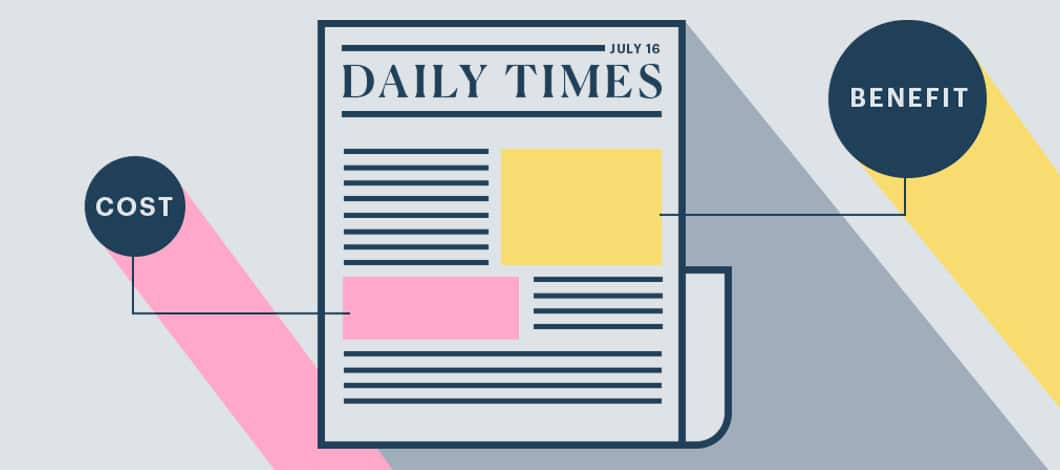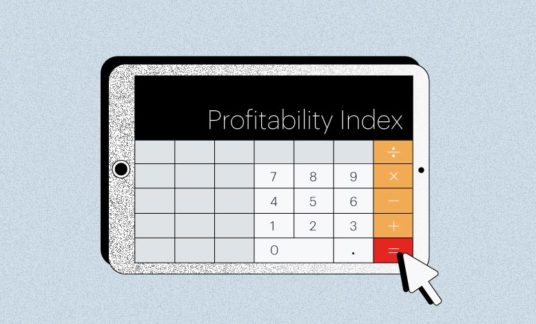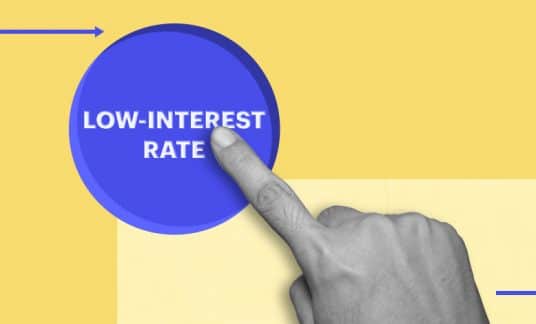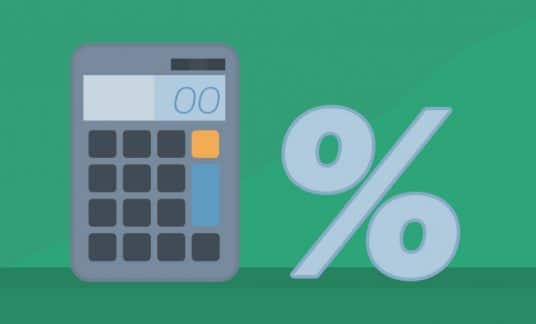Even with the growth of digital advertising, newspapers remain a viable option for small businesses looking to reach customers. Millions of Americans still read newspapers. When combining print and digital, the estimated daily circulation of newspapers in the U.S. was 28.6 million on weekdays and 30.8 million on Sundays in 2018.
With large readerships, don’t overlook newspaper advertising as a way to market your small business.
How Much Does It Cost to Advertise in a Newspaper?
The more readers and the larger the ad space, the more expensive your newspaper ad will cost. High-quality, high-circulation newspapers charge higher rates.
Circulation vs. Readership
Circulation refers to how many newspapers are printed and delivered. Readership assumes multiple people will read the same paper. This is why readership figures tend to be higher than circulation rates.
Cost of Advertising in National Newspapers
If you want to advertise in a national newspaper to reach the largest possible audience, expect a high price tag. The largest newspapers in the U.S. reach hundreds of thousands and millions of readers each day.
Top 10 U.S. Newspapers by Daily Print Circulation
- USA Today: 1,621,091
- The Wall Street Journal: 1,011,200
- The New York Times: 483,701
- New York Post: 426,129
- Los Angeles Times: 417,936
- The Washington Post: 254,379
- Star Tribune: 251,822
- Newsday: 251,473
- Chicago Tribune: 238,103
- The Boston Globe: 230,756
Source: Cision, citing metrics from the Alliance for Audited Media.
National newspaper advertising costs for a full-page ad in The New York Times business section is $245,451 for the Sunday edition. A one-time, full-page ad in The Wall Street Journal can run you $354,823 for a full-color ad or $277,200 for a black and white ad.
Even the local sections of a national newspaper can be pricey. For instance, a full-page ad in a regional edition of The New York Times costs more than $27,300.
Cost to Advertise in a Local Newspaper
The average cost of advertising in a local newspaper can range widely depending on the paper’s circulation. The United States Newspaper Listing website lists local newspapers nationwide.
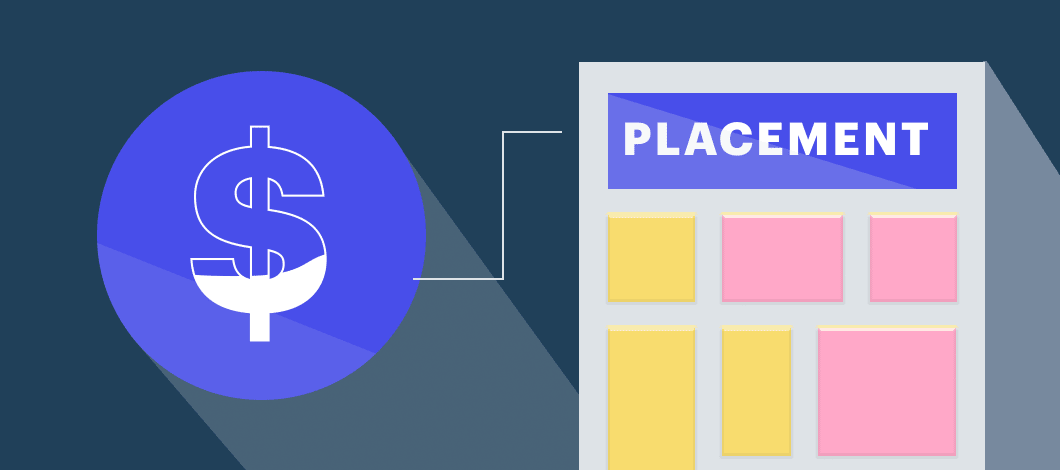
Calculating Newspaper Ad Costs
The average price of a newspaper ad is difficult to determine because there are so many variables.
Advertising costs will depend on ad size, circulation, placement, frequency and color.
You’ll likely get better rates if you’re willing to commit to a certain threshold of advertising spend, a specific number of column inches or a regular frequency.
Ad Size
The size of your ad is one of the most significant factors affecting cost. The larger the ad, the more expensive it will be. Newspapers typically price their ad space by column inches or modular sizes.
Price Per Column Inch
With price per column inch, pricing is calculated per column an ad takes up.
A full-page ad is typically six columns multiplied by column length.
For example, if the length is 21 inches, it would take up 126 inches in total. Therefore, if the price is $25 per column inch, a full-page ad would cost $3,150. A quarter-page ad would measure 31.5 inches and cost $787.50.
Modular Pricing
Most newspapers also offer modular pricing and will base advertising costs on common shapes and sizes, such as:
- Full-page
- Half-page horizontal
- Half-page vertical
- Quarter-page
- 1/8-page
- 1/16-page
- 1-inch strip
- 2-inch strip
- 3-inch strip
- Top-of-page banner
Circulation
Most newspapers publish circulation rates in their online media kits.
Sunday editions have the highest circulation and are read by the most people. As a result, ads in the Sunday paper cost more than weekday editions.
Typically, the day with the second-highest readership is Wednesday. Both Sunday and Wednesday editions typically feature coupons and inserts, which increase readership.
Placement
Newspaper ad price is also determined by where your ad appears. A front-page ad will cost more than an inside ad.
Ads in the main section of the newspaper will cost more than those that run in the local or sports sections.
When it comes to other sections, such as business, health or sports, readership falls dramatically. If you are advertising general market products, these ads won’t get as much coverage but may provide better pricing.
If you have a product that is tailored to these audiences, however, this may be a better place to reach the right readers.
For example, a local company that prepares tax returns for individuals might be better off advertising in the main or local news sections, while a certified public accountant who caters to businesses might prefer the business section.
Frequency
Typically, newspapers give favorable rates to customers who advertise regularly. So the more ads you run, the cheaper it gets for each ad. If you are placing an ad one time only, expect to pay the highest rates.
If you are willing to commit to a contract upfront guaranteeing certain levels of financial commitment, you will get lower rates.
Color
The cost of printing goes up when color is added. Newspapers still charge a premium for color ads.
Digital
Both local and national newspapers often have digital versions of their products. In some cases, the digital circulation may outnumber the print versions. You may get better rates by bundling print and digital offerings.
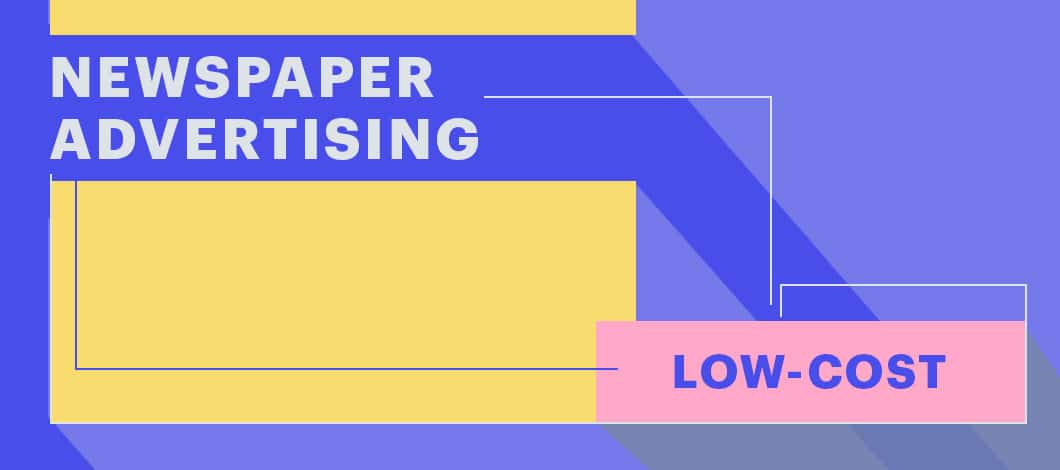
Lowering Newspaper Ad Costs
Looking for low-cost newspaper advertising? One of the best ways to get newspaper ad discounts is by signing a contract guaranteeing to spend a specific amount of money over a defined period. But this means you’re committing to spending more on advertising over a longer period of time.
Things to consider:
- Review your contract. If you fail to meet your obligation, newspapers will “short rate” you. This means they’ll charge you back for higher rates for failing to meet the levels necessary to reach the discount.
- New client discounts. If you are a first-time advertiser, many newspapers offer low-cost advertising rates to draw new clients in. They also may have special rates for seasonal inserts, special sections or industry-specific publications that aren’t part of the regular daily newspaper.
- Ask about remnant ad space. This is an advertising space that’s available but goes unsold. Rather than run without ads, some publications will make this remnant space available at steep discounts. However, you will lose the ability to pick where your ad runs or even if it runs at all.
Another way to stretch your advertising dollars is to look for specialty publications that serve niche audiences. This includes community newspapers, weekly newspapers or neighborhood publications. If you’re targeting geographically or for specific audiences, this is an affordable option for you.
Factors Affecting Newspaper Ad Costs
The average cost to advertise in a newspaper will depend on ad size, circulation, placement, frequency and color.
Ad Size
The larger the ad, the more expensive it will be.
Circulation
Most newspapers publish circulation rates in their online media kits. They also report them to the Audit Bureau of Circulations. Be careful not to confuse circulation with readership. Circulation refers to how many newspapers are printed and delivered.
Readership assumes multiple people will read the same paper. Readership numbers are generally inflated by a factor of more than 2.
Placement
Where your ad appears also will determine the pricing. A front-page ad will cost more than an inside ad. Ads in the main section of the newspaper will cost more than those that run in the local or sports sections.
Sunday editions have the highest circulation and will be read by the most people. Ads in the Sunday paper will cost more than weekday editions.
Frequency
The more ads you run, the cheaper it gets for each ad. If you are willing to commit to a contract upfront guaranteeing certain levels of financial commitment, you will get lower rates.
Color
The cost of printing goes up when color is added. Newspapers still charge a premium for color ads.
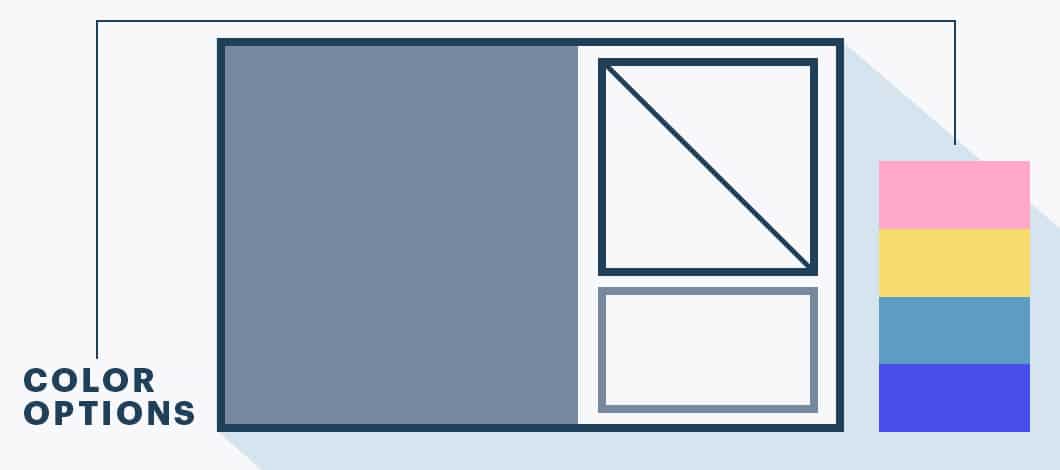
Writing Newspaper Ads
To create effective newspaper ads, keep these 5 things in mind:
1. Copy Points
Decide what you want to advertise and the purpose. Are you trying to entice readers to buy your product for the first time? Are you trying to establish your brand as a trustworthy source? Do you need to move merchandise this weekend?
2. Attention
As people read the paper, it’s easy to skip over ads or flip pages. You need to get them to focus on your ad with an attention-grabbing headline.
Make sure you have a clear call to action. Whatever the goal is on your ad, state it clearly. If possible, create urgency in your ads, such as “this weekend only” or “on sale now.”
3. The Basics
Make sure the number, address, telephone number and website for your business is correct and included in every ad.
4. Ad Design and Layout
Ad design and layout are important. If you aren’t comfortable doing it yourself, don’t worry. Newspapers can help you with the design and suggest ideas. They may charge you for design.
5. Defining Success
Know what you want to happen when you advertise in a newspaper. Make sure you have a valid means of measuring success.
- Coupons are trackable as they are redeemed
- Setting up a landing page or vanity URL separate from your home page and include it in your ad
- Call tracking numbers
- You also can ask customers when they visit your business.
Whether you’re advertising in a national or local publication, newspaper advertising can be a valuable addition to your small business marketing plan.



